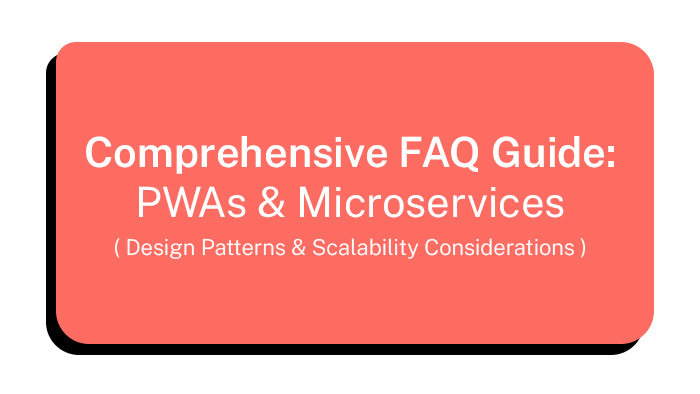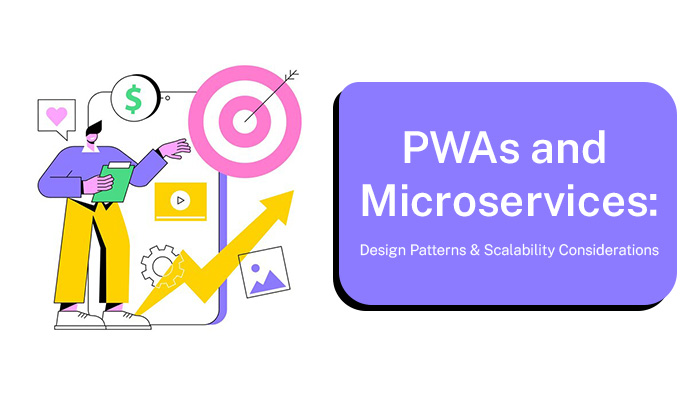Do you have experience with cloud-based solutions and hosting?
Yes, our software development company has extensive experience with cloud-based solutions and hosting. We have a team of skilled professionals who have worked on numerous projects involving cloud platforms such as Amazon Web Services (AWS), Google Cloud Platform (GCP), and Microsoft Azure. Our experience includes designing, developing, and deploying applications on cloud infrastructure, leveraging the benefits of scalability, reliability, and cost-effectiveness. We are proficient in cloud technologies such as virtual machines, containers, serverless computing, and managed databases. With our expertise, we can help businesses harness the power of the cloud and ensure their applications are fully optimized for cloud environments.

